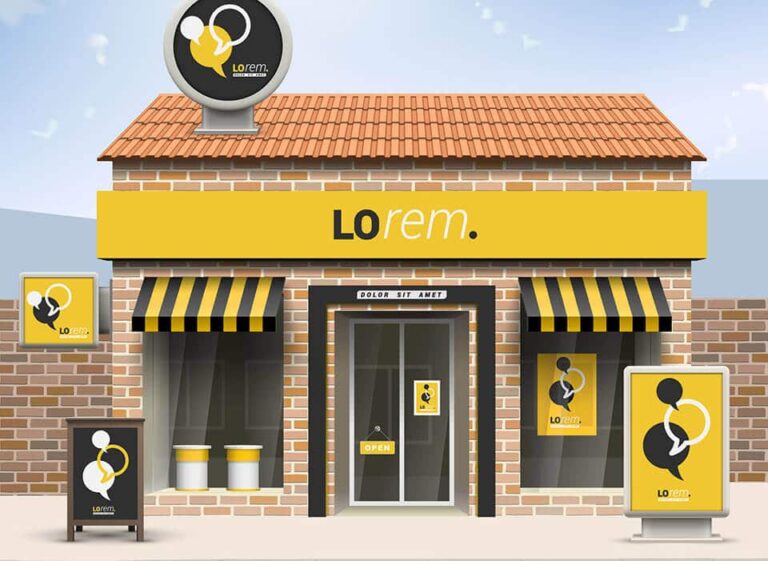Franchise Fees – The Basics
By Andrew Seid, Senior Consultant, MSA Worldwide
When you enter into a franchise agreement as a franchisee, you will typically be agreeing to pay the franchisor a variety of one-time and ongoing fees.
1. Franchise Fee
The Franchise Fee (also called the “initial franchise fee”) is the one-time payment made by a franchisee to the franchisor for joining the franchise system, usually upon signing the Franchise Agreement. It is typically a flat payment as opposed to a percentage royalty, and is used by franchisors to offset the franchisor’s franchisee start-up costs, marketing for franchisees, and other corporate expenses.
The franchise fee can be any amount above $500 and is generally in the range of $10,000 to $50,000, though the most popular franchises can be much higher.
A franchisor typically sets the Franchise Fee at a level that enables them to market their opportunity to prospective franchisees, pay commissions to franchise salespeople, and then give them the resources necessary to provide initial support to franchisees. This support usually includes initial franchise training, visits to approve the franchisee’s site and monitor the site development, initial advertising, and opening support.
2. Royalty Fee
A royalty fee is an ongoing fee that the franchisee pays to the franchisor. The franchisor uses the royalty fees to support its existing franchisees and maintain and grow the franchise system.
The royalty fee is usually paid weekly or monthly, and is most commonly calculated as a percentage of gross sales, typically ranging between 5 to 9 percent. In some systems the percentage increases or decreases depending on the level of sales.
In some franchise systems, the royalty fee is set as a minimum or fixed fee or some other basis.
- For more, see Franchise Royalty Payments – The Basics
3. Advertising Fund and/or Brand Fund Fee
Franchise systems typically establish an Advertising Fund, and/or Brand Fund, to pay for the creation and placement of advertising and to offset the franchisor’s administrative costs relating to “retail”/”brand” advertising.
Payments are typically calculated as a percentage of gross sales, usually set between 1 and 4 percent, and are paid at the same time as the ongoing royalty fee.
4. Market Introduction Program costs
Though not a fee per se, as a franchisee you will typically be required to spend a certain minimum amount for your Market Introduction Program to launch your franchisee location, including Grand Opening advertising and activities. A market introduction program usually begins at least several weeks before opening and extends to several months after your opening day.
Note: These fees and expenditures are only part of a franchisee’s total start-up costs, or initial investment. The initial investment generally includes the franchise fee, the cost of fixed assets, leasehold improvements, inventory, deposits, other fees and costs, and working capital required during the start-up period.
Do you have questions about franchising your business?
MSA Worldwide provides expert guidance on developing a sustainable, successful franchise system. Contact us today for a complimentary consultation.







